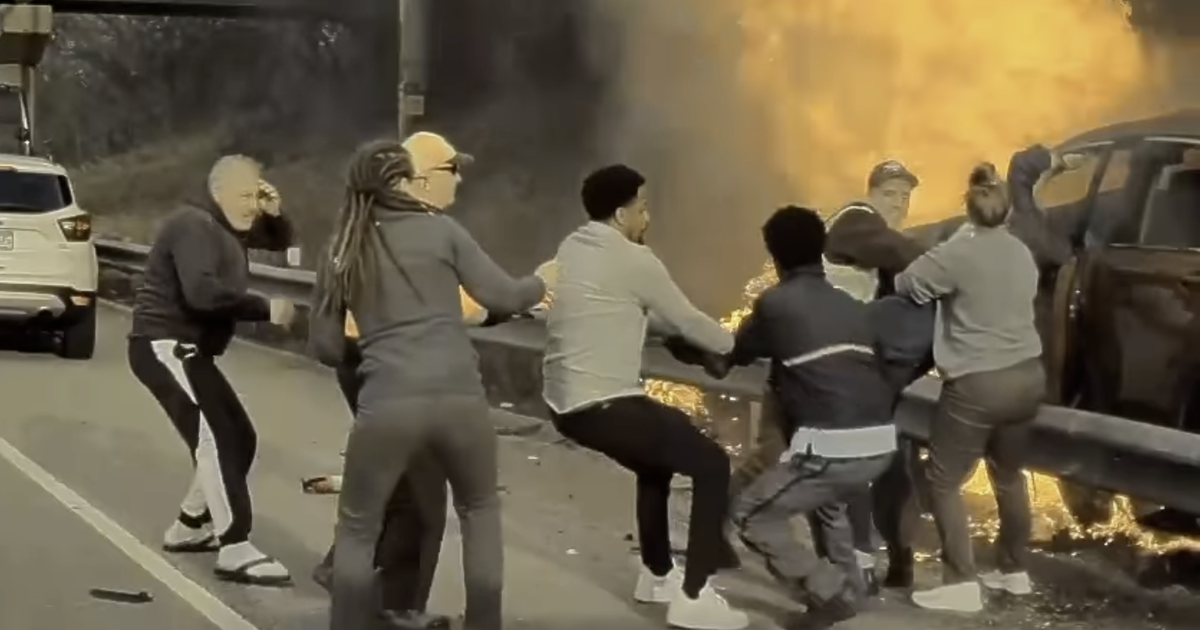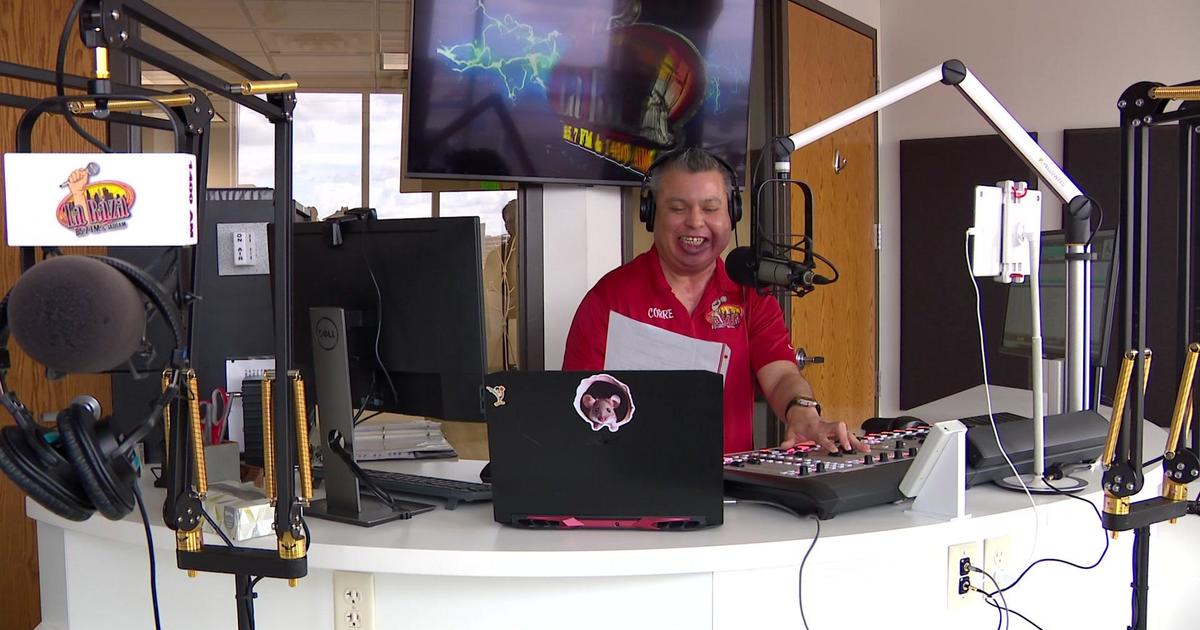Veterans Reassemble 'Huey' Helicopter For 1968 Exhibit
ST. PAUL, Minn. (WCCO) -- A person can't really understand the Vietnam war without touching and hearing one of the war's most iconic symbols.
"This is the sound of the Vietnam War," explains Darryl LaMire, a Vietnam veteran.
Seven-thousand of the UH-1 helicopters, more commonly known as "Hueys," brought troops into battle and rushed casualties out.
"Anybody who hears that wop, wop, wop, wop -- they know what it is," said former Huey pilot Jerry Chapman.
Chapman flew mostly South Vietnamese soldiers between 1969 and 1970. He was attached to the 135th Assault Helicopter Company.
"Usually they didn't have seats in the aircraft and we could probably get 18, 19 of the Vietnamese on here. People that hauled American troops, they might get eight of them on there," Chapman said.
Telling the story of the Vietnam experience isn't complete without sharing the story of the Huey and those who flew them. But the only way to get a real chopper through narrow museum doors is chop it into pieces.
So that's what a number of Vietnam veterans set out to do nearly a decade ago.
On Friday they gathered once again to assemble the ship for its final 1968 Exhibit showing. On custom built carts they roll in the fuselage and nose cone, windows and huge rotors.
Darryl LeMire was a Vietnam mechanic in 1969 and it was his job to patch together what the enemy shot apart.
For the exhibit his job isn't that much different.
"We took a big helicopter, we cut it up into small pieces, transport it to where it's going and then put it back together again," LeMire said.
But the 1968 exhibit tells a much broader story of an important, unforgettable year -- from war to assassinations, pop culture to protest.
"1968 was one of the most turbulent years in American history," says exhibit curator, Brian Horrigan.
With some parallels today, Horrigan says it also captures our resilience and genius, along with the hope for brighter tomorrows.
"The exhibit ends as the year ended in December 1968 with the Apollo 8 mission. That was the first time Americans, that anybody, had orbited the moon," Horrigan said.
Clearly, 1968 was a year of sharp and troubling contrasts. Now to be relived with the tangible images Americans will never forget.
The exhibit will open for a 13-month run at the Minnesota History Center on Dec. 23, 2017.



